In this photo essay, we revisit our trip to Massawa Eritrea, in 2010. Many of the photographs in the original blog post were of poor quality, so we’ve reedited them, allowing us to write more about this extraordinary destination.
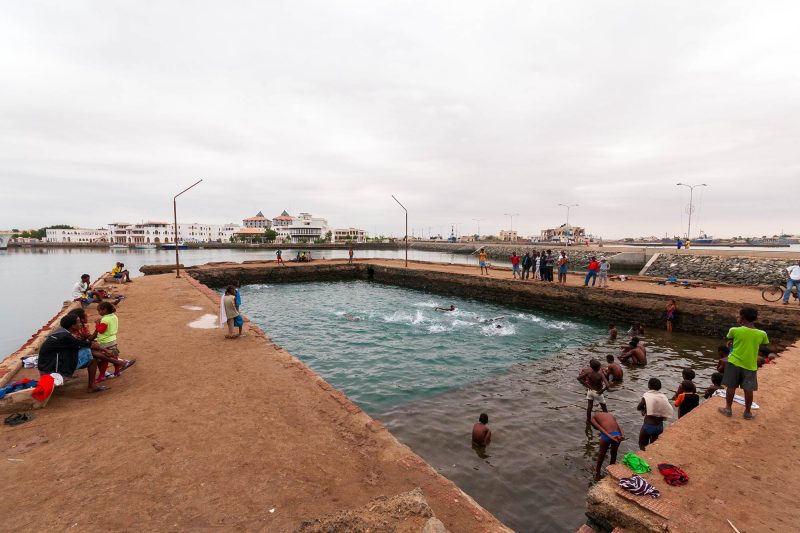
Judging by the original introductory paragraph, Massawa made a big impression on us. We had checked out of Sudan (just a year before it split) and sailed down the west side of the Red Sea, entering the port town of Massawa. At the time, Eritrea was the second-poorest country in the world, according to the United Nations. Moreover, we had arrived on the anniversary of Operation Fenkil, and the town was gearing up for its celebrations.

The Eritrean People’s Liberation Front’s land and sea units conducted a surprise and decisive attack known as ‘Fenkil Operation’ from 8-10 February 1990 liberating the strategic port city of Massawa.
Shabait.com
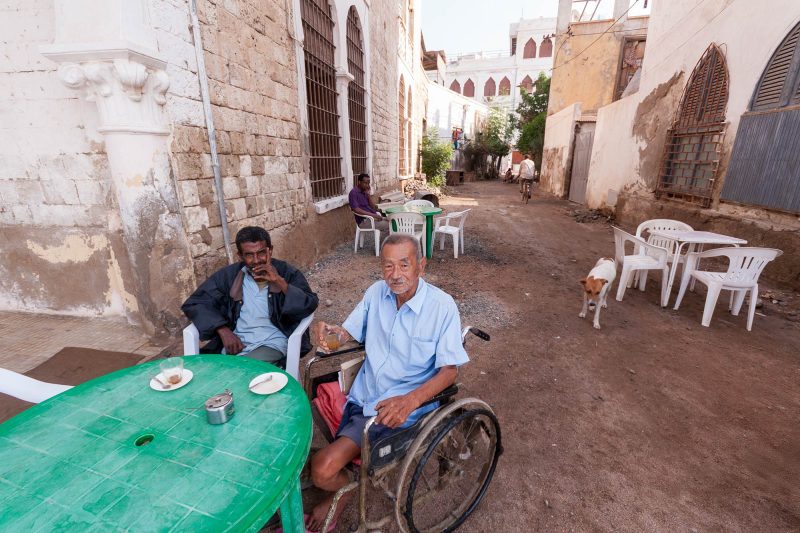
Eritrea gained its independence from Ethiopia in 1991, and Operation Fenkil played a crucial role in that process. The town took this celebration seriously, which is why we came close to being asked to leave. In the end, the local council agreed that we could stay, and we ended up joining in the celebrations.
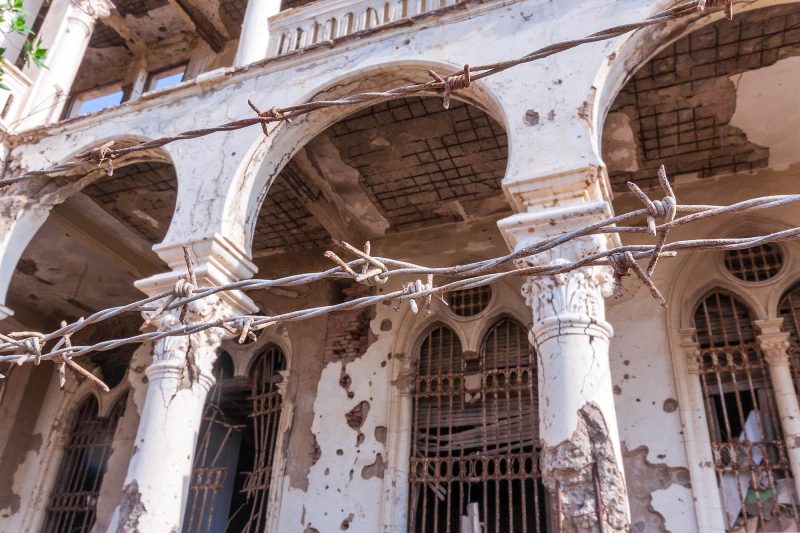
Look closely at the old Italian colonial buildings and you’ll see many are riddled with bullet-holes.

The Italian architecture is worth mentioning. The first Italian establishment in the area was the purchase of Assab by the Rubattino Shipping Company in 1869, which came under government control in 1882. The occupation of Massawa in 1885 and the subsequent expansion of territory would gradually engulf the region, and in 1889, the Ethiopian Empire recognised the Italian possession in the Treaty of Wuchale. In 1890, the Colony of Eritrea was officially founded.

If you venture to the capital, Asmara, you’ll find many coffee shops left over from this period. We’ll visit that location in another blog post.

We stayed in the port for around ten days, which allowed us enough time to explore the local area. My abiding memory is the people, of course, and how unfazed they were by our presence. This was different compared to, say, India or Indonesia, where we would often be mobbed. In Massawa, the local people just went about their business, but if encountered by one of us tourists, they were happy to stop and chat.

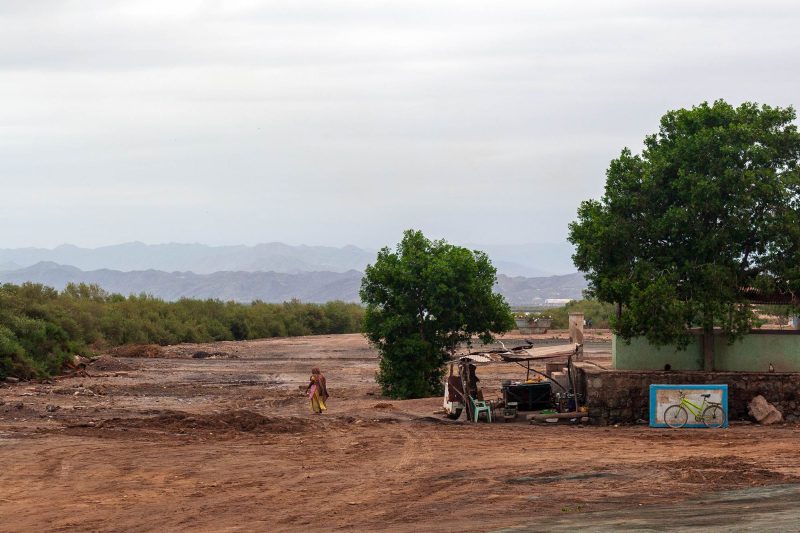
One afternoon, we had an interesting encounter with two young girls and their guardian. Beautifully dressed, they spoke good English and explained that they were refugees from Ethiopia. They were obliging when I asked if I could take their portraits.
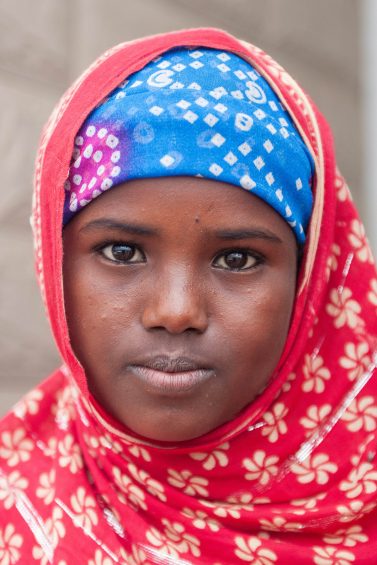
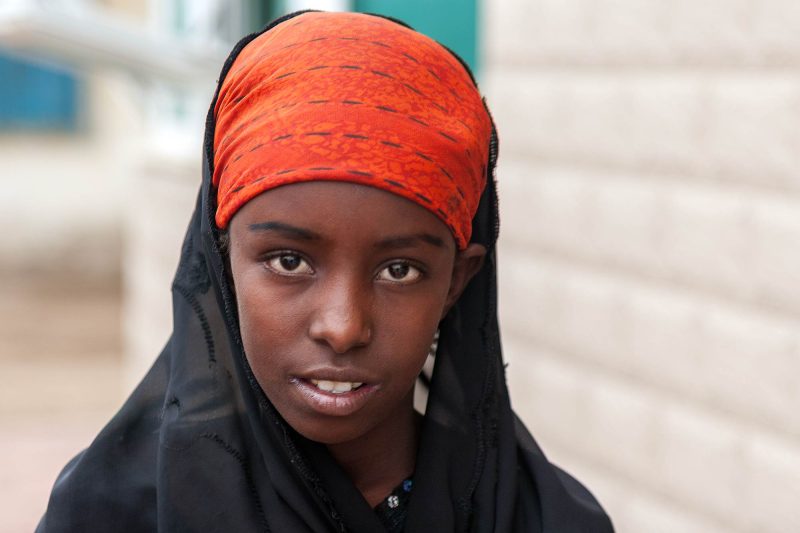
Religion is split in Eritrea. Although the actual number is debated, it is thought to be a fairly even split between Christianity and Islam, with a slight bias to the former. At the time, I was still drinking, and we found it easy to buy crates of cheap, local beer!

Provisioning in Massawa was easy. There were many shops in the town centre selling not just fruit and veg, but clothes and household goods. Of course, half the buildings were coffee shops, making a wander around the streets pleasant.
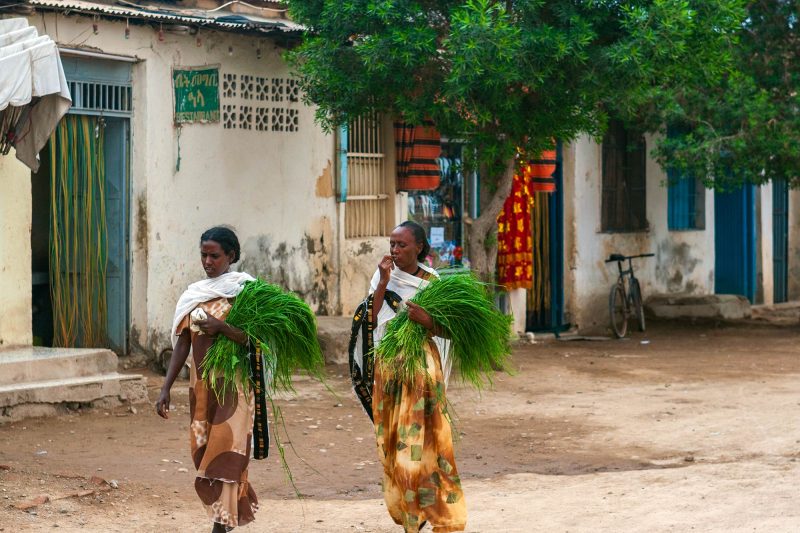
Just off this main shopping quarter are the local residences. It is here that you are reminded just how poor the local people are. If they are not fortunate enough to bag one of the old, dishevelled Italian buildings, they’ll live in lean-to shacks with corrugated roofs.


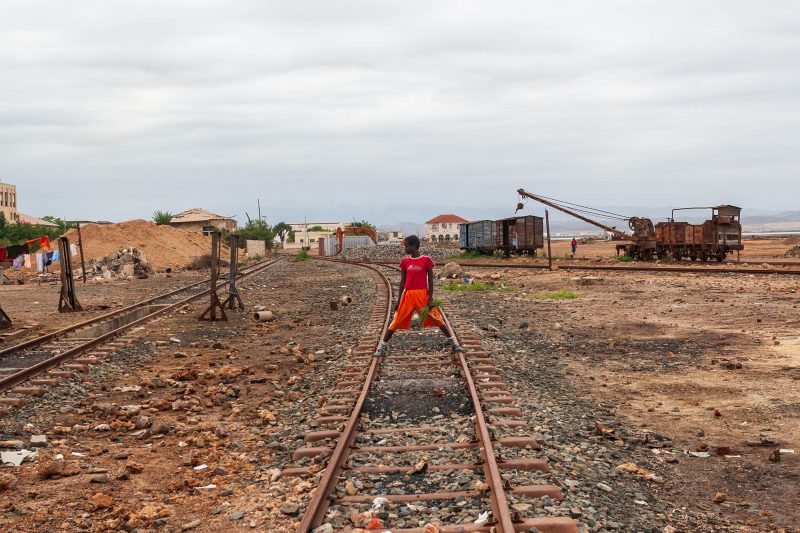
Would We Recommend Visiting Massawa?
Without a doubt, Massawa was one of the most interesting places we visited on the East African coast. It’s worth going for the architecture, but you’ll also feel comfortable chatting to the local people. Although the capital, Asmara, is high up in the mountains, you can easily fit in a day-trip there from Massawa, although we’d recommend staying in Asmara too. We recommend researching the recent history of Massawa to help put your surroundings into context. There is little in the way of museums or tourist information there.
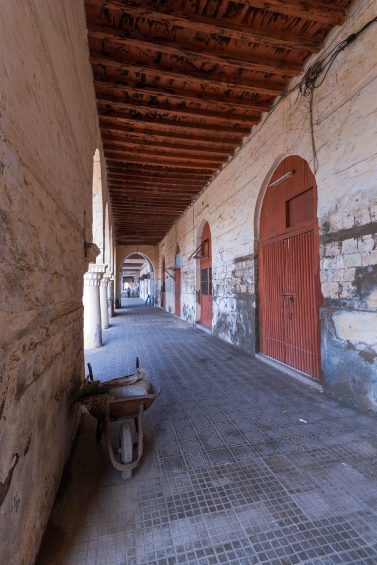

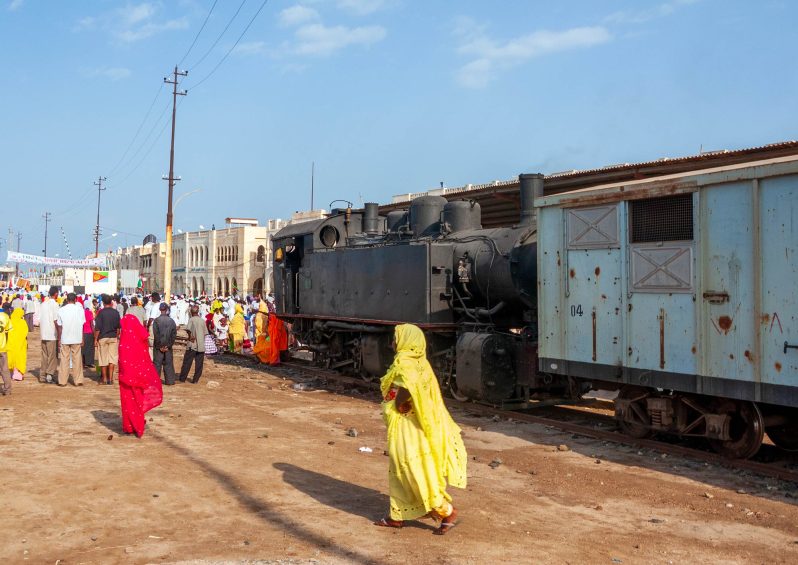
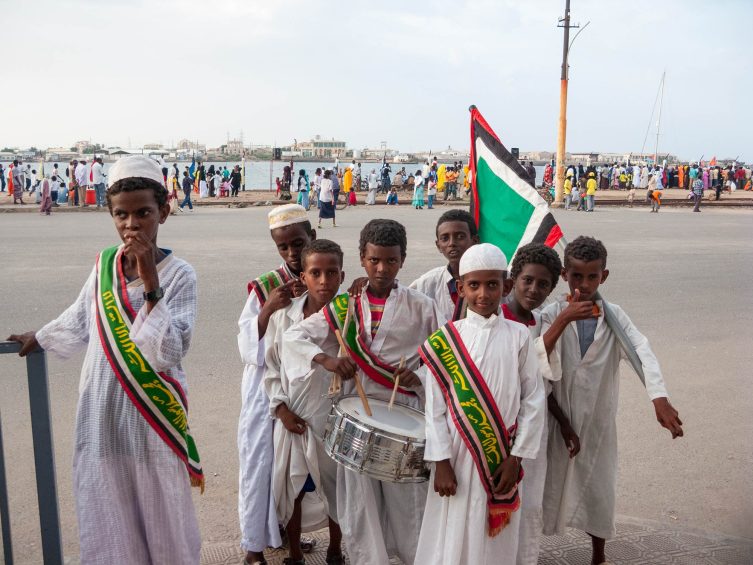

If you like our content and would like to support us, we will give you ad-free access to our videos before they go live to the public, discounts in our shop, access to Jamie’s iconic full-res photographs, and supporter-only blog posts. Click our ugly mugs for more info!






